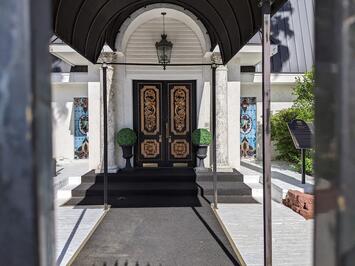
For readers too young to have any memory of Liberace, in the 1950s and 60s he was one of the highest paid entertainers in the world. He had his own television show that rivaled “I Love Lucy” and he performed live at Carnegie Hall in New York and the London Palladium. He’s often dismissed as someone who appealed to women of a certain age and men of a certain persuasion. But whenever I see a rapper wearing heavy gold chains, diamond studs, garish watches, oversized rings, and extravagant furs stepping out of a ridiculously expensive car…. I see more than a little Liberace going on.
This was one of his many homes. If you’ve ever flown into Las Vegas International Airport you pretty much glided right over the roof. It’s super close to the main runway. My first impression? It looks like an Italian restaurant in New Jersey.
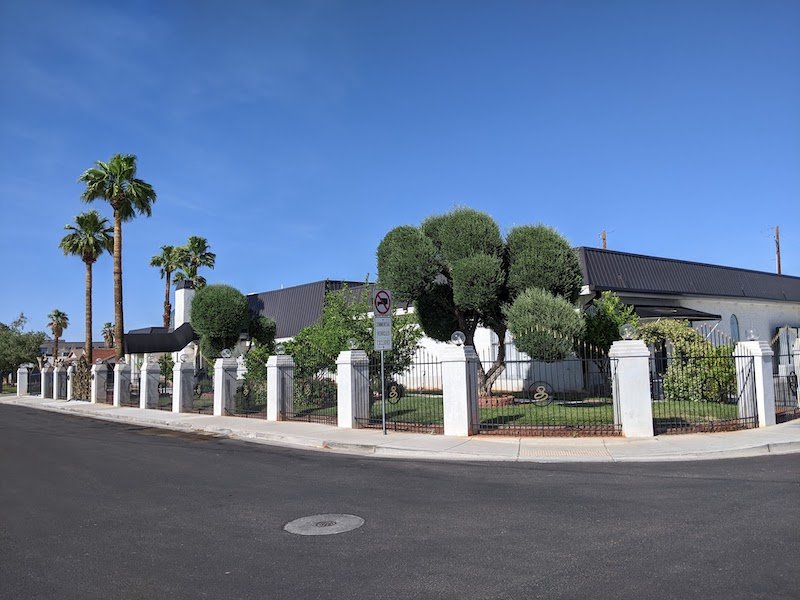
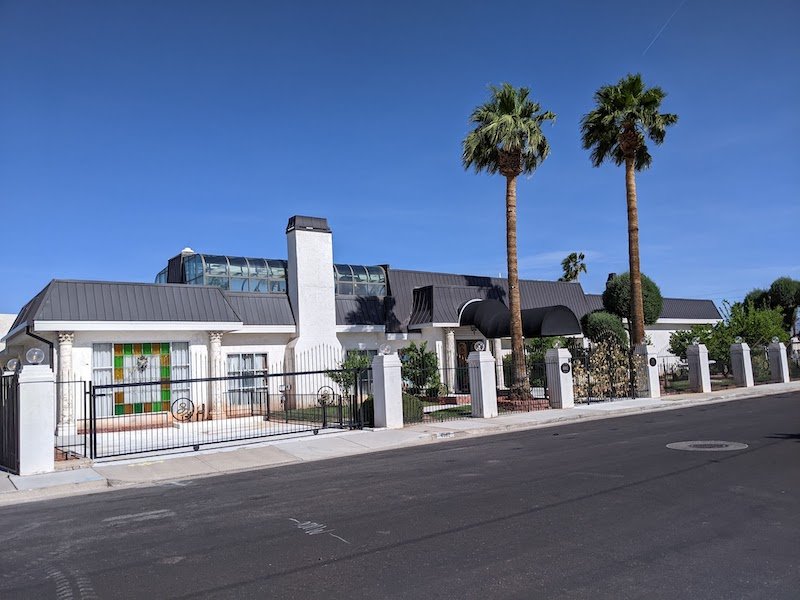
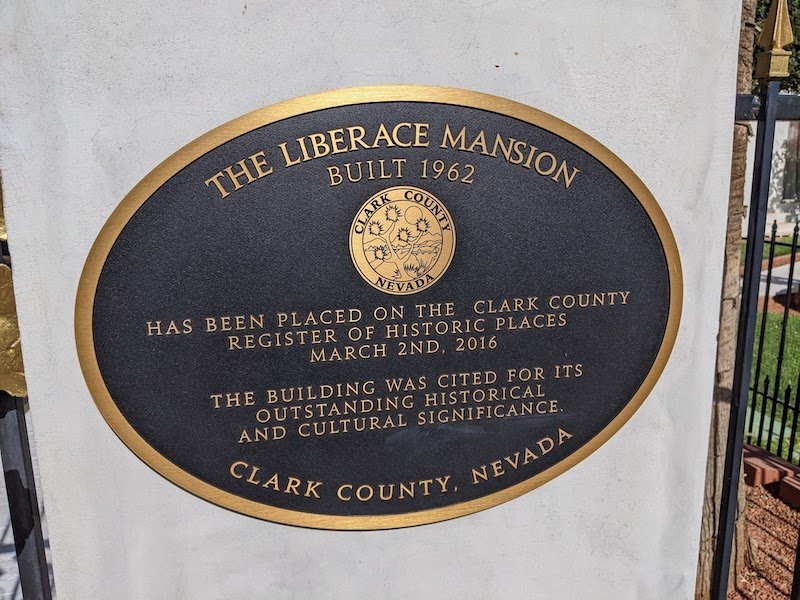
I recently saw the former home of Johnny Cash from the same Kennedy era time frame on a real estate listing site. It was a perfectly comfortable home, but like Liberace’s place it seemed underwhelming with its wagon wheel chandeliers and imitation wood beams hot glued to the kitchen ceiling. It was a little bit of Nashville in the hills of Southern California with a faux hacienda vibe and linoleum. Kitsch comes in many flavors.
Anyway, the Liberace Mansion is currently a private residence no doubt owned by someone who appreciates the distinctive aesthetic and provenance.
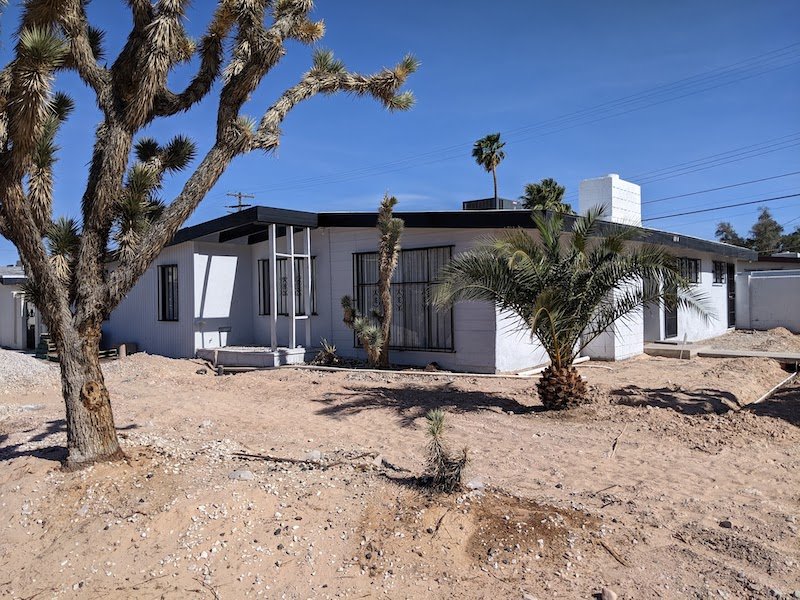
Around the corner are modest homes from the same period. It’s clear that for a long time these houses had declined and are only just recently turning over to new owners. As Vegas grew exponentially outward in every direction the lure of larger more up-to-date properties drew money and attention away from established neighborhoods. If these older places are lucky they get rediscovered every couple of generations and see new investment and care. Is the area tragically passé and a bad investment? Or is it convenient to culture and employment at a bargain price point compared to far flung subdivisions out on the suburban periphery? It depends on who you ask.
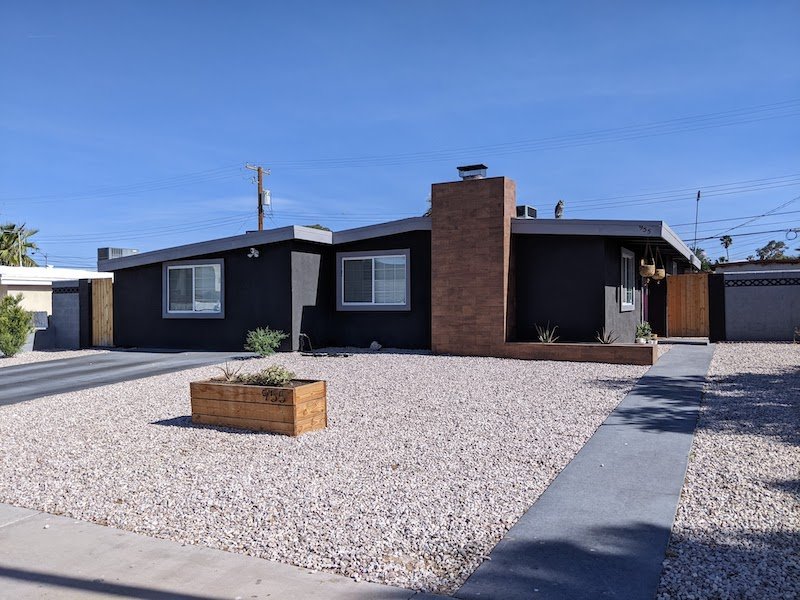
Directly across the street older homes are being scraped for new development. The University of Nevada is right across the road. The dirt has more value than the vintage buildings that sit on it. Traffic makes this a less desirable venue for single family properties. Commercial and institutional uses are pressing in.
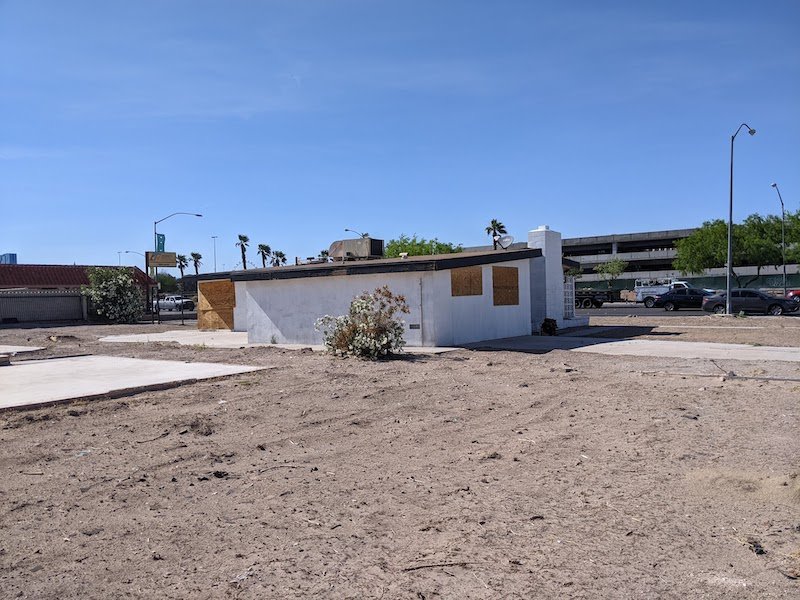
Several properties on the block have been repurposed as social service facilities, youth outreach centers, women’s shelters, and housing assistance agencies. The point here is that over time places evolve and change. The Las Vegas of 1962 is gone and isn’t coming back.
Read the rest of this piece at Granola Shotgun.
Johnny Sanphillippo is an amateur architecture buff with a passionate interest in where and how we all live and occupy the landscape, from small rural towns to skyscrapers and everything in between. He travels often, conducts interviews with people of interest, and gathers photos and video of places worth talking about (which he often shares on Strong Towns). Johnny writes for Strong Towns, and his blog, Granola Shotgun.
Photos: by the author












